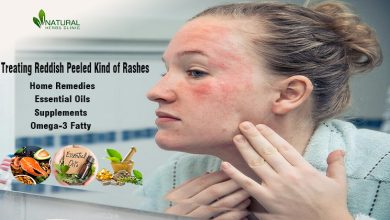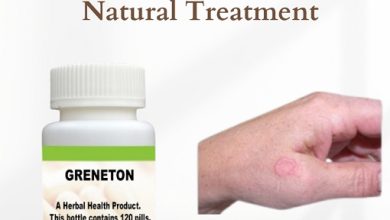Granuloma Annulare Over the Counter Treatment: Effective Options and Solutions
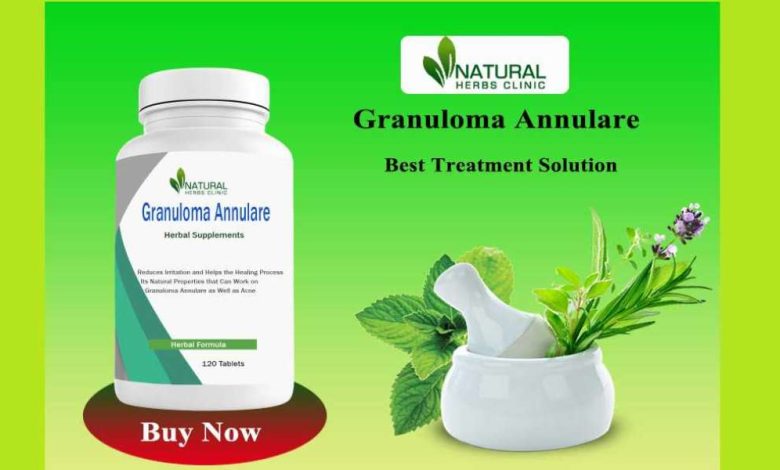
Granuloma annulare is a common skin condition characterized by ring-shaped, raised lesions that often appear on the hands, feet, and other areas of the body. While the exact cause remains unclear, many individuals seek ways to manage the symptoms and improve the appearance of the lesions. For those looking for relief, there are several options available for granuloma annulare over the counter treatment.
One of the most effective options is the use of topical corticosteroids, such as hydrocortisone cream. These medications help to reduce inflammation and itching associated with granuloma annulare, providing symptomatic relief and promoting skin healing. In addition to corticosteroids, moisturizers that contain soothing ingredients like aloe vera or colloidal oatmeal can help alleviate dryness and irritation, enhancing overall skin health. Other over-the-counter treatments may include anti-inflammatory creams and ointments designed specifically for sensitive skin. While these granuloma annulare over the counter treatment options can be beneficial, it’s essential to consult with a healthcare provider if the condition persists or worsens, ensuring that appropriate care is received.
Related Article; Treating Reddish Peeled Kind of Rashes: Essential Guide for Skin
Granuloma Annulare Treatment at Home
For those managing granuloma annulare, exploring granuloma annulare treatment at home can provide effective ways to alleviate symptoms and improve the appearance of the lesions. Home remedies often focus on natural ingredients that have soothing and anti-inflammatory properties. One popular option is the use of moisturizing agents like aloe vera gel or coconut oil, which can help keep the skin hydrated and reduce irritation. Using cool compresses can provide quick relief from itching and discomfort, making it simpler to handle flare-ups.
In addition to home treatments, individuals may find that combining these approaches with granuloma annulare over the counter treatment options can be beneficial. Topical corticosteroids and anti-inflammatory creams available at pharmacies can complement home remedies, providing a more comprehensive management strategy. It’s important to monitor the skin closely and maintain a consistent skincare routine to promote healing. While these home and OTC treatments can help manage symptoms, persistent cases should be evaluated by a dermatologist to ensure proper care and guidance.
Related Article; Skin Bumps Problem: The Trendy Solutions You Need to Try
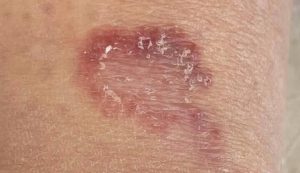
Tea Tree Oil for Granuloma Annulare
Tea tree oil for granuloma annulare is a popular natural remedy known for its anti-inflammatory and antimicrobial properties. When applied topically, diluted tea tree oil can help soothe irritation and reduce inflammation associated with the lesions. For effective use of tea tree oil, it should be diluted with a carrier oil like coconut or almond oil to minimize the risk of skin irritation. This mixture can then be gently applied to the affected areas, potentially alleviating discomfort and promoting healing.
Incorporating tea tree oil into a broader skincare regimen can be beneficial, especially when combined with other treatments. While tea tree oil offers a natural approach, it’s important to note that it may not replace traditional treatments. Many people also explore granuloma annulare over the counter treatment options, such as topical corticosteroids, to manage their symptoms. Utilizing both tea tree oil and OTC treatments can provide a comprehensive strategy for managing granuloma annulare, but it is essential to consult with a healthcare professional for persistent or severe cases to ensure proper care and guidance.
Related Article; Granuloma Annulare Vitamin D: Your Newest Weapon Against Ringed Red Bumps
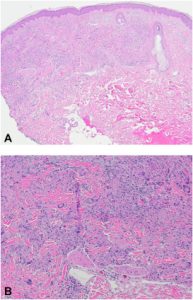
Castor Oil for Granuloma Annulare
Castor oil for granuloma annulare is gaining popularity as a natural treatment option due to its moisturizing and anti-inflammatory properties. This versatile oil is derived from the seeds of the castor plant and is rich in ricinoleic acid, which is known to help reduce inflammation and promote skin healing. When applied topically, castor oil can help soothe the irritation associated with granuloma annulare lesions while providing essential hydration to the skin. To use castor oil effectively, gently massage a small amount onto the affected areas once or twice daily, allowing it to absorb fully for optimal benefits.
While castor oil can be a beneficial addition to home care routines, it is essential to recognize that it should not replace conventional treatments. Many individuals also explore granuloma annulare over the counter treatment options, such as topical corticosteroids or hydrocortisone creams, which can provide more immediate relief from inflammation and itching. Combining castor oil with these OTC treatments can create a holistic approach to managing granuloma annulare, addressing both the symptoms and overall skin health. As always, it’s advisable to consult with a healthcare professional for personalized advice, especially for persistent or severe cases.
Related Article; Preventing Over Production of Leukocytosis- Self-Awareness
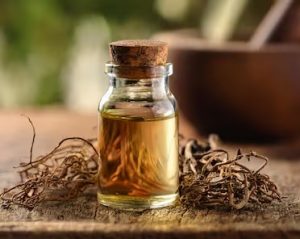
Essential Oils for Granuloma Annulare
Essential oils for granuloma annulare are increasingly being explored as complementary treatments due to their potential anti-inflammatory and healing properties. Oils such as lavender, frankincense, and tea tree oil can provide soothing effects and may help reduce the irritation and redness associated with granuloma annulare lesions. Lavender oil is particularly known for its calming effects on the skin, while frankincense oil may promote skin regeneration and improve overall skin health. To use these essential oils effectively, it’s essential to mix them with a carrier oil, like coconut or jojoba oil, before applying them to the affected areas.
While essential oils can be beneficial in managing symptoms, they should not be seen as a replacement for more conventional treatments. Many individuals find success by integrating essential oils into their routines alongside granuloma annulare over the counter treatment options, such as topical corticosteroids. This combination can provide a more comprehensive approach to alleviating discomfort and promoting healing. However, it’s essential to consult with a healthcare professional for proper diagnosis and to ensure that any treatment plan, whether natural or conventional, is appropriate for your specific situation.
Related Article; Conquer Fixed Lumps on the Skin in Subcutaneous GA Insights
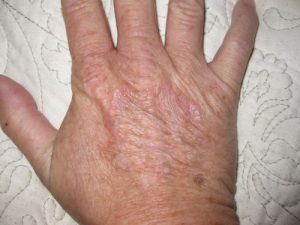
Granuloma Annulare Apple Cider Vinegar
Granuloma annulare apple cider vinegar is a natural remedy that many individuals turn to for its potential healing properties. Known for its antimicrobial and anti-inflammatory benefits, apple cider vinegar (ACV) can help soothe the irritation and redness associated with granuloma annulare lesions. To use ACV effectively, it is recommended to dilute it with water in a 1:1 ratio and apply it to the affected areas using a cotton ball. This can provide a cooling effect and help alleviate itching while promoting skin health.
While granuloma annulare apple cider vinegar may offer some relief, it’s important to note that it should be used as a complementary treatment rather than a standalone solution. Many people also explore granuloma annulare over the counter treatment options, such as topical corticosteroids, to manage symptoms more effectively. Combining ACV with these OTC treatments can create a holistic approach to care, targeting both the symptoms and overall skin condition. However, individuals should consult with a healthcare professional for personalized guidance, especially if symptoms persist or worsen.

Conclusion
While granuloma annulare is generally a benign skin condition, over-the-counter treatments and natural remedies can provide relief from symptoms like itching, irritation, and inflammation. Topical corticosteroids, tea tree oil, castor oil, essential oils, and apple cider vinegar are among the potential options to soothe affected areas and promote healing. However, it’s important to use these treatments carefully, as some may cause irritation or may not be effective for everyone. Though home remedies can offer symptomatic relief, they are not a cure for granuloma annulare. For persistent or severe cases, seeking medical advice from a dermatologist is recommended for proper diagnosis and treatment.

